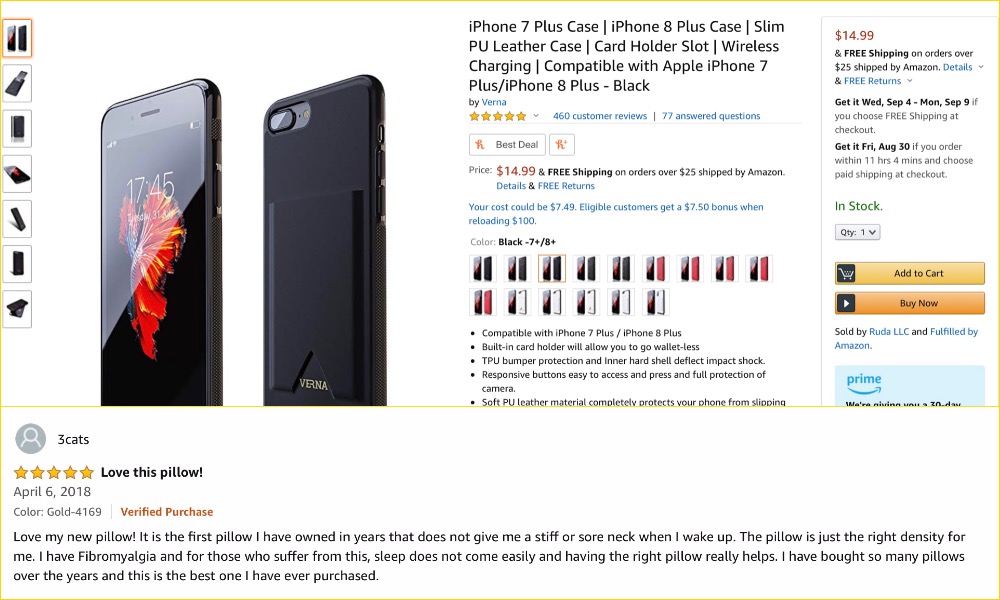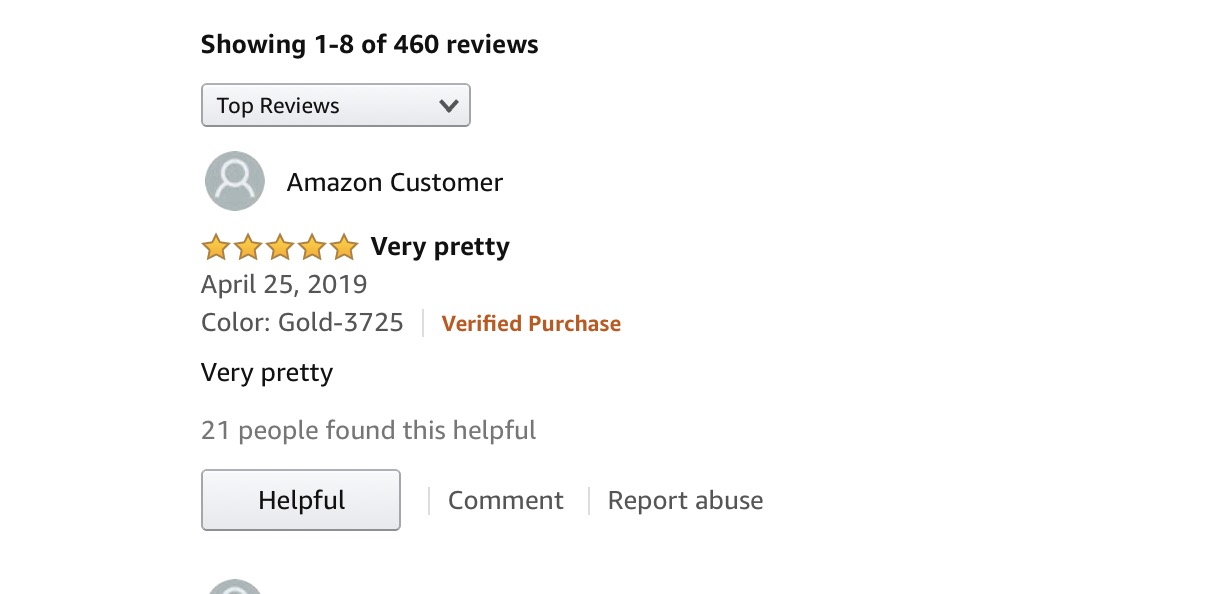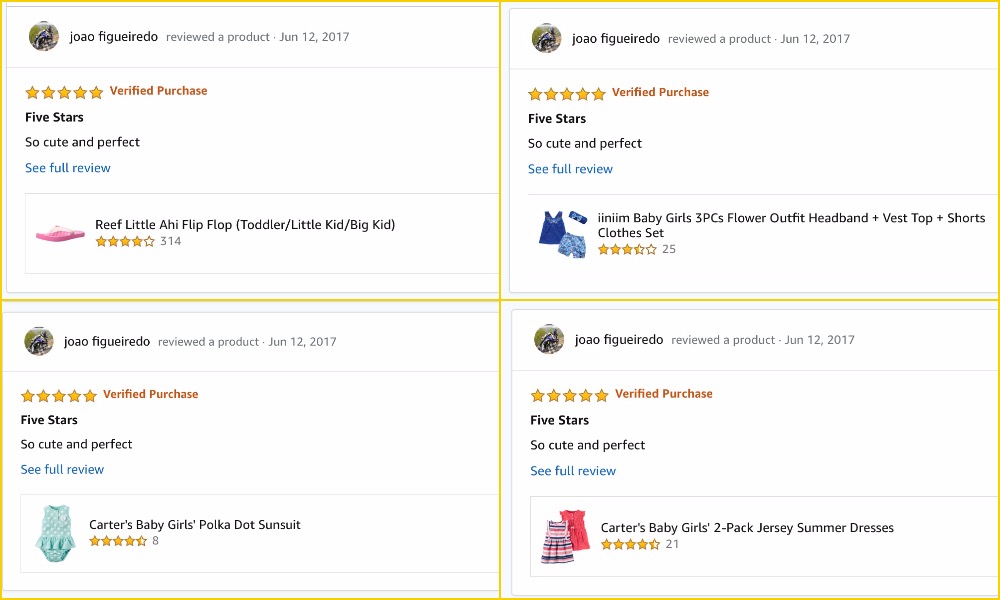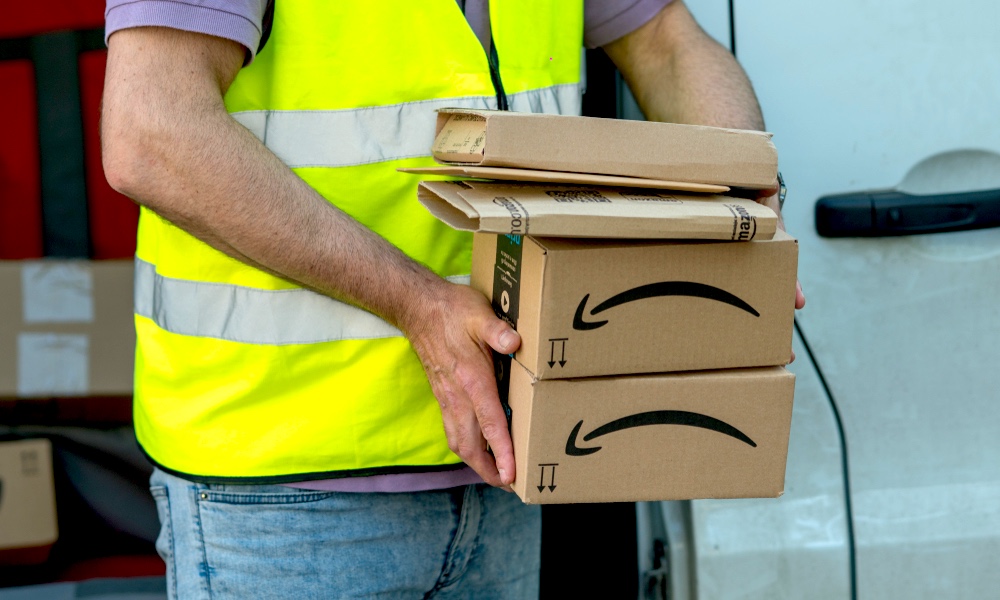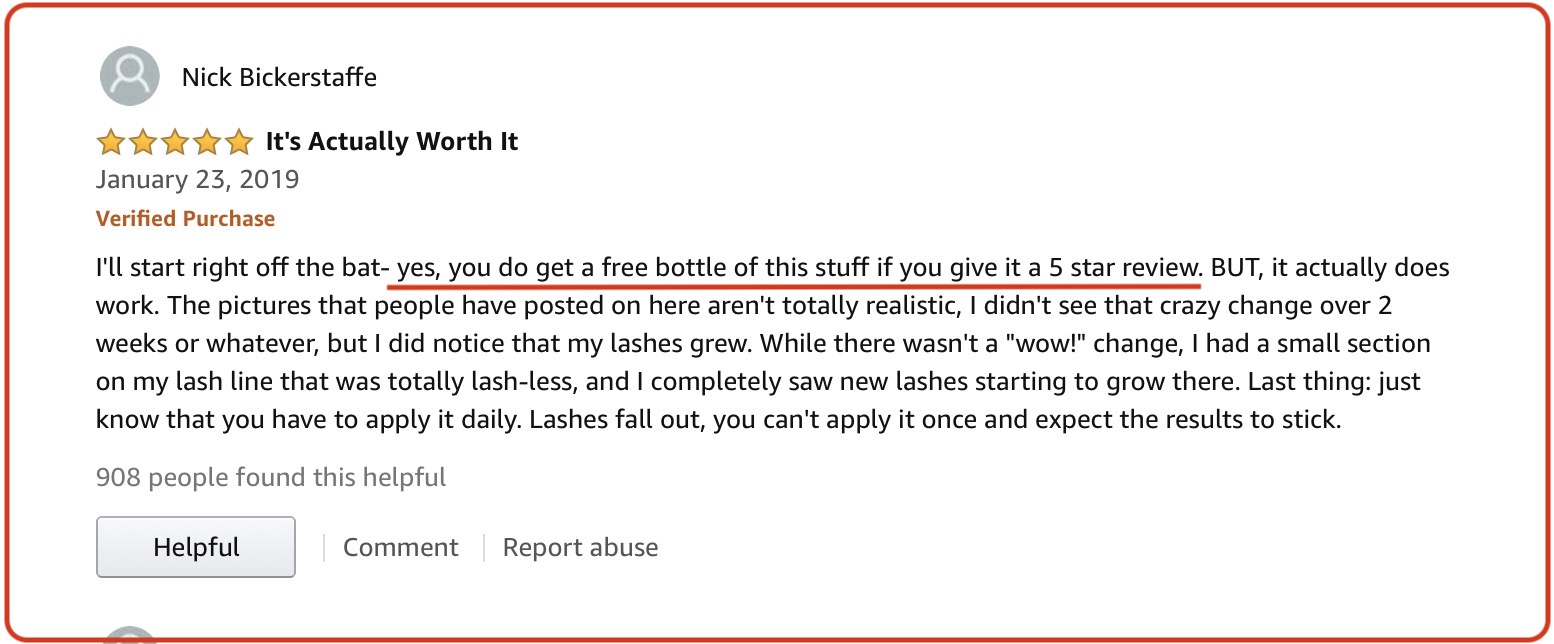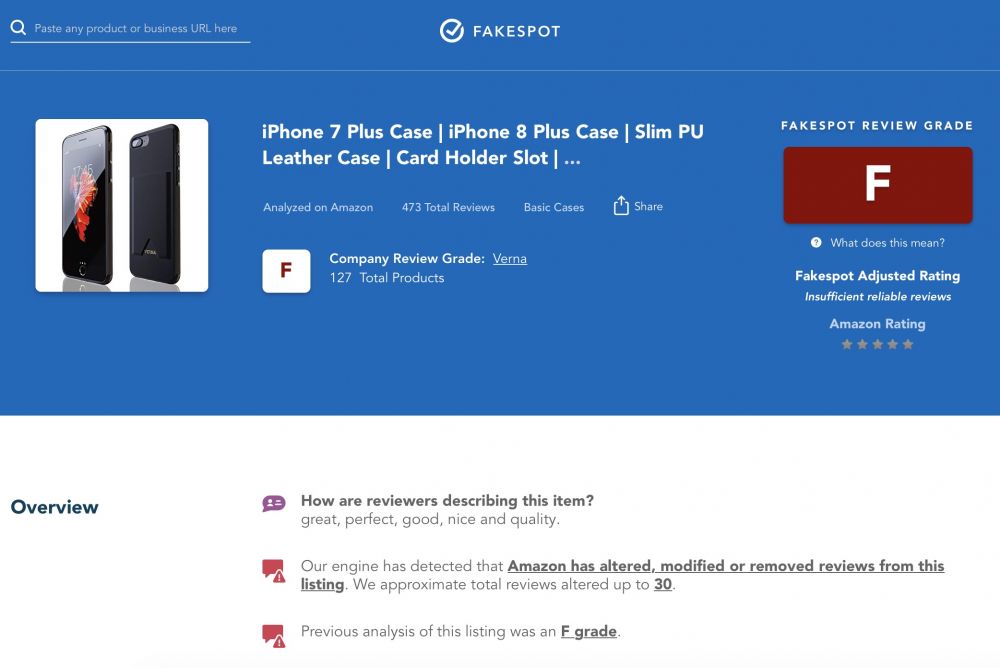7 Foolproof Ways to Spot Fake Reviews on Amazon
 Credit: Worawee Meepian
Credit: Worawee Meepian
Whether you’re looking to buy new clothes or a nifty accessory for your Apple devices, figuring out whether an item is worth your money is one of the most important parts of shopping on Amazon. Largely, that comes down to reading user reviews on the platform. Unfortunately, not all reviews are unbiased — or even genuine. Because of that, it’s a critical skill to be able to spot biased or fake reviews. Continue reading to learn 7 Ways to Spot Fake Reviews on Amazon.
Make Sure the Descriptions Match
The first thing you should do when looking at a product on Amazon is to check whether the reviews actually match the item. If there’s any discrepancy between the reviews and the item itself, it’s likely a sign of some sort of scam.
It appears that scammy sellers on Amazon will take a well-reviewed item and switch out the actual product and description, leaving unrelated-but-high reviews. Amazon undoubtedly has policies against this, but a scam product may slip through the cracks.
Check the Review’s Language
When looking at individual reviews on an Amazon product, there are a number of things you should check for. That includes the length or tone of the product. A particularly short review may be suspicious, as could a review that’s vague and doesn’t actually bring up any of the product’s details.
A review that uses strongly emotional language for no reason may be a sign of bias (like a review from a competitor or a friend). The same goes for reviews that just regurgitate marketing language. Instead, look for reviews that have a bit of personality to them and actually have images or descriptions of the reviewer using the item in real life.
Look over the Reviewer’s History
An individual reviewer’s history is also another important thing to look over. For one, a reviewer that has written a lot of reviews in a short period of time is a red flag. It may not actually be a genuine account or a sincere review. And it’s smart to apply some of the language-checking tips in the last slide here. Look for reviews that show signs of bias or that are short and lacking personality.
Determine Whether It’s a “Verified Purchase”
Amazon allows anyone to leave a review for an item, even if they obtained said item somewhere else. That's not a bad idea, but it leaves Amazon review sections vulnerable to scams. Someone could leave a review for an item even if they didn’t buy it.
But if you see “Verified Purchase” next to the review, it might mean that the person actually purchased the item with the Amazon account that they’re using to review it. That should mean that they carry more weight in your decision than random reviews. Keep in mind, scammers have found ways to fake Verified Purchases too – so don't rely on this tip alone.
Be Skeptical of Incentivized Reviews
Sometimes, reviewers will receive an item for free or at a discount in exchange for a review. Per Amazon’s policies, the review itself must disclose that this is the case. (If you suspect that it doesn’t, you can report that particular review to Amazon.)
To be clear, a reviewer getting an item for review doesn’t automatically mean their review is sketchy. But it doesn’t exactly inspire confidence in their ability to write an unbiased review. Just something to keep in mind.
Keep An Eye on “Customers Also Bought”
Usually, the Customers Also Bought section will list items that are at least somewhat related to the one you’re viewing. If you’re looking at notebooks, you may see pencils, pencil sharpeners, stationary or writing utensils.
But if this section is filled with completely unrelated items, it could be a sign that something fishy is going on. If the Customers Also Bought section on a notebook is filled with kitchen accessories or exercise gear, you may want to look elsewhere.
Use a Review-Sniffing Site
If all of this sounds like a lot of work, there are some existing tools that you can use to spot fake Amazon reviews. They may not be a perfect replacement for careful vigilance, but they could do in a pinch.
Services like ReviewMeta and FakeSpot will analyze product reviews and spot any signs of inauthenticity. Both platforms use slightly different means of analysis, so it can be handy to use both to determine whether a product is worth buying.

